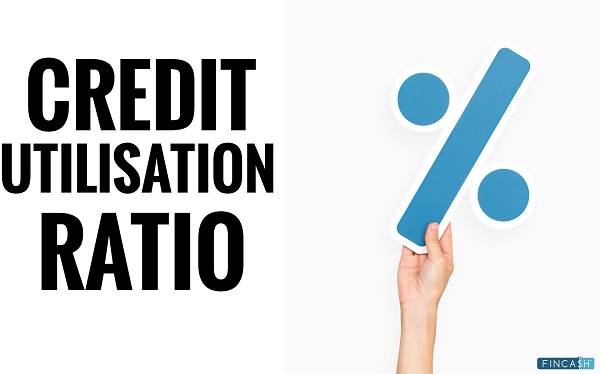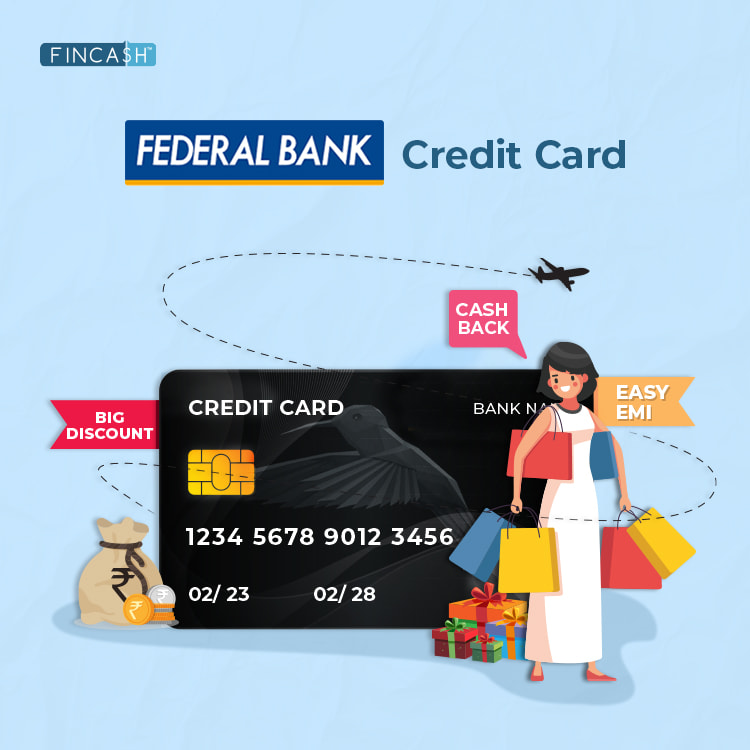What is Credit Utilization Ratio?
The credit utilization ratio is one of the important factors that affect your Credit Score. Basically, it is the amount of your credit card balance compared to its Credit Limit. If you want to have a Good Credit score or want to become eligible for the best credit cards, then having a good credit utilization ratio is important! In this article, we will learn how credit utilization works, its importance, and how you have to manage it.

Credit Utilization Ratio
The credit utilization ratio is an important Factor considered while calculating your three-digit credit score. Generally, the credit score varies between 300-900, anything above 750+ is considered to be a good score.
As said, the credit utilization is the ratio of your credit card outstanding to your credit limit. If you typically carry a balance on one or more cards, you are ‘utilizing’ some of your available credit, and this is what your lenders and Credit Bureaus will take a note of. In case, if you’ve never used a credit card and there’s no balance, then your credit utilization would be zero.
If your credit utilization rate is high, that is above 30-40%, then this could hamper your score. Also, lenders consider such behaviour as ‘credit hungry’, and may not lend you credit in the future.
In short, the more you spend from your credit card, the higher is your credit utilization ratio.
How is Credit Utilization Ratio Calculated?
This ratio is calculated by dividing an individual’s revolving credit by the total amount of available revolving credit issued by banks to any person.
Let’s have a look at the simple calculation below:
For example, a person has 2 credit cards with a total limit of Rs. 50,000 and an outstanding limit on both the cards is (Rs. 25,000+0) then Credit Utilization Ratio (CUR) is calculated as follows :
Rs. 25,000/50,000 * 100= 50 i.e. 50%, which means you are using half of the total credit available for you.
Usually, the credit utilization ratio of 30% is considered to be a good credit utilization ratio or rate.
Example II
Consider another example, where a person has one credit card with an outstanding limit of Rs. 30,000 and a total limit of Rs 1,00,000, then Credit Utilization Ratio (CUR) will be as follows: 30,000/100000* 100= 30%
It is a common myth that having a credit utilization ratio near or 0% is considered to be very good. It is not true! Rather, this puts a person at a higher Financial Risk. In fact, you need to maintain the ratio of around 30-40%.
Check credit score
Simple Ways to Improve the Credit Utilization Ratio
Apply for another credit card
One of the ways to increase your total credit limit is by applying for an additional credit card. But ensure you don’t exceed your credit limit because having more cards may tempt you to spend more. Overspending will hamper on your credit score.
Ask your bank for a higher credit limit
One of the best ways to keep your utilization ratio at bay is requesting for a high credit limit on one of your cards. The banks will do a necessary track record check to increase the limit.
Pay down the debt amount at the earliest
Paying your debt quickly is one of the best ways to maintain your credit utilization ratio and credit score. You can reduce the credit card balances by paying more than the minimum each month.
When is Credit Utilization Ratio Reported?
Lenders generally keep updating the information on credit cards every 30 days or so at the end of your Billing cycle.
Conclusion
All in all, when you are applying for a credit card or loan, you have to keep in mind many factors that are interrelated like credit history, credit score to name a few. Finally, having a credit utilization ratio of 30% will help you to maintain financial records in banks and credit agencies.
FAQs
Let’s have a look at some of the important terms that you need to know:
1. What is a credit card?
A: It is a small plastic card issued by financial institutions, which allows you to purchase goods and services on credit. You can make purchases up to the pre-approved limit set by the banks. The limit is decided based on your credit score and payment history. The higher the score, the higher is the limit.
2. What is the credit score?
A: Credit score is a three-digit number, generally ranging from 300-900 that evaluates the creditworthiness. Your score determines how likely you are to repay debt. Your credit score helps lenders decide whether they’ll should lend you the credit card or loan.
3. What is credit history?
A: It is a record of credit history which determines a person's ability to repay debts. In other words, it contains all the financial records of an individual like- types of credit accounts, amounts owed, credit limit, loans taken, payment missed, amount of available credit used, number of recent credit inquiries, etc.
4. What is a credit bureau?
A: A credit bureau is an agency that collects individual credit information and makes it available to banks and other finance companies. In India, there are four- RBI registered credit bureaus- CIBIL, Equifax, Experian and CRIF High Mark. The purpose of credit bureaus is to ensure that lenders have the information to make lending decisions.
5. What is the minimum score to get a loan?
A: The minimum credit score varies from one loan to another. However, any score above 750 will suit for favourable loan approvals.
All efforts have been made to ensure the information provided here is accurate. However, no guarantees are made regarding correctness of data. Please verify with scheme information document before making any investment.












